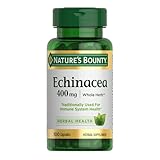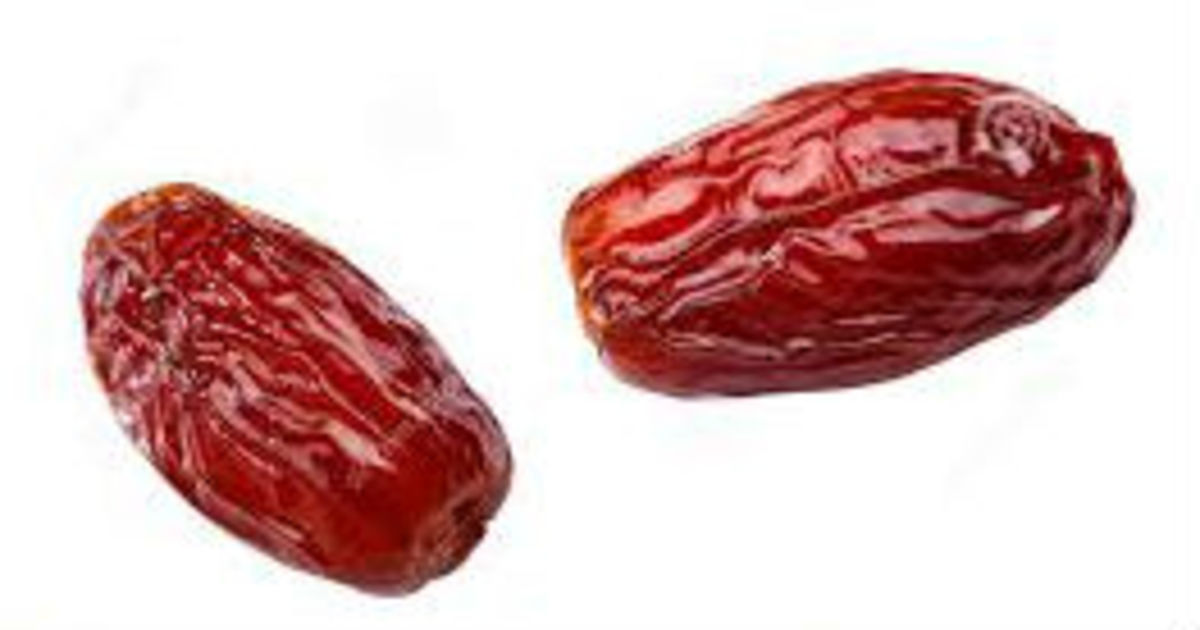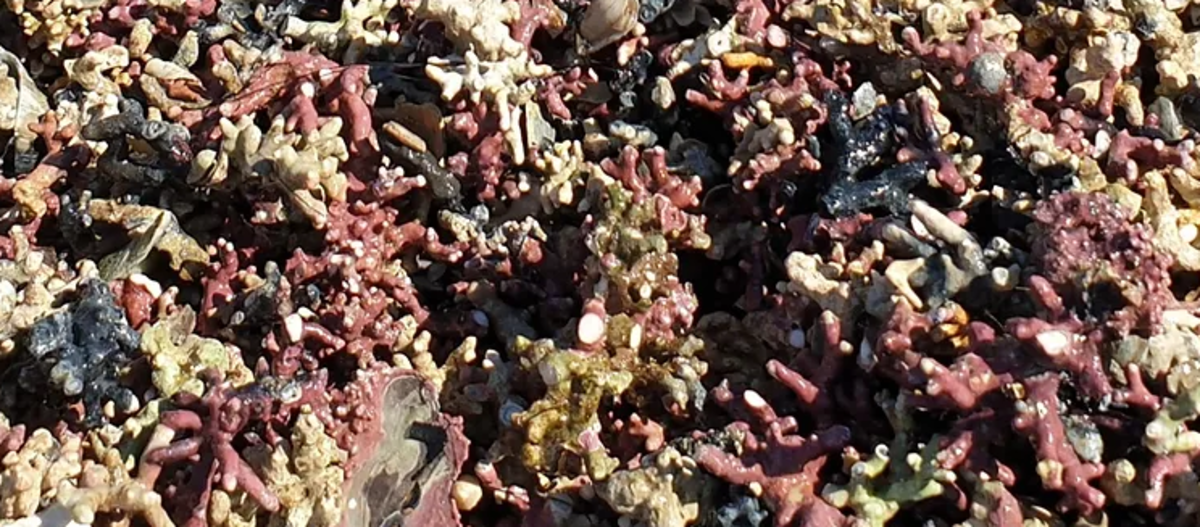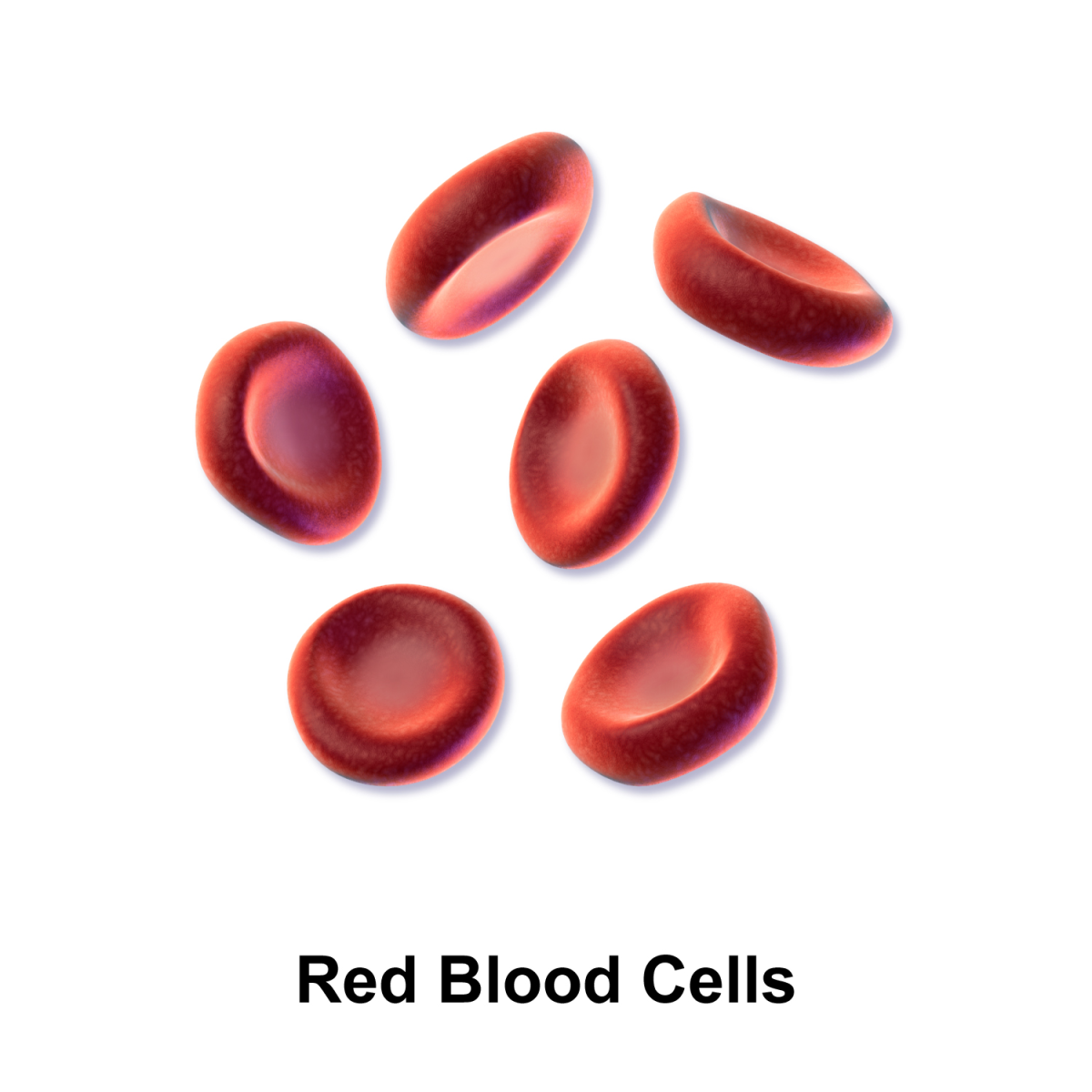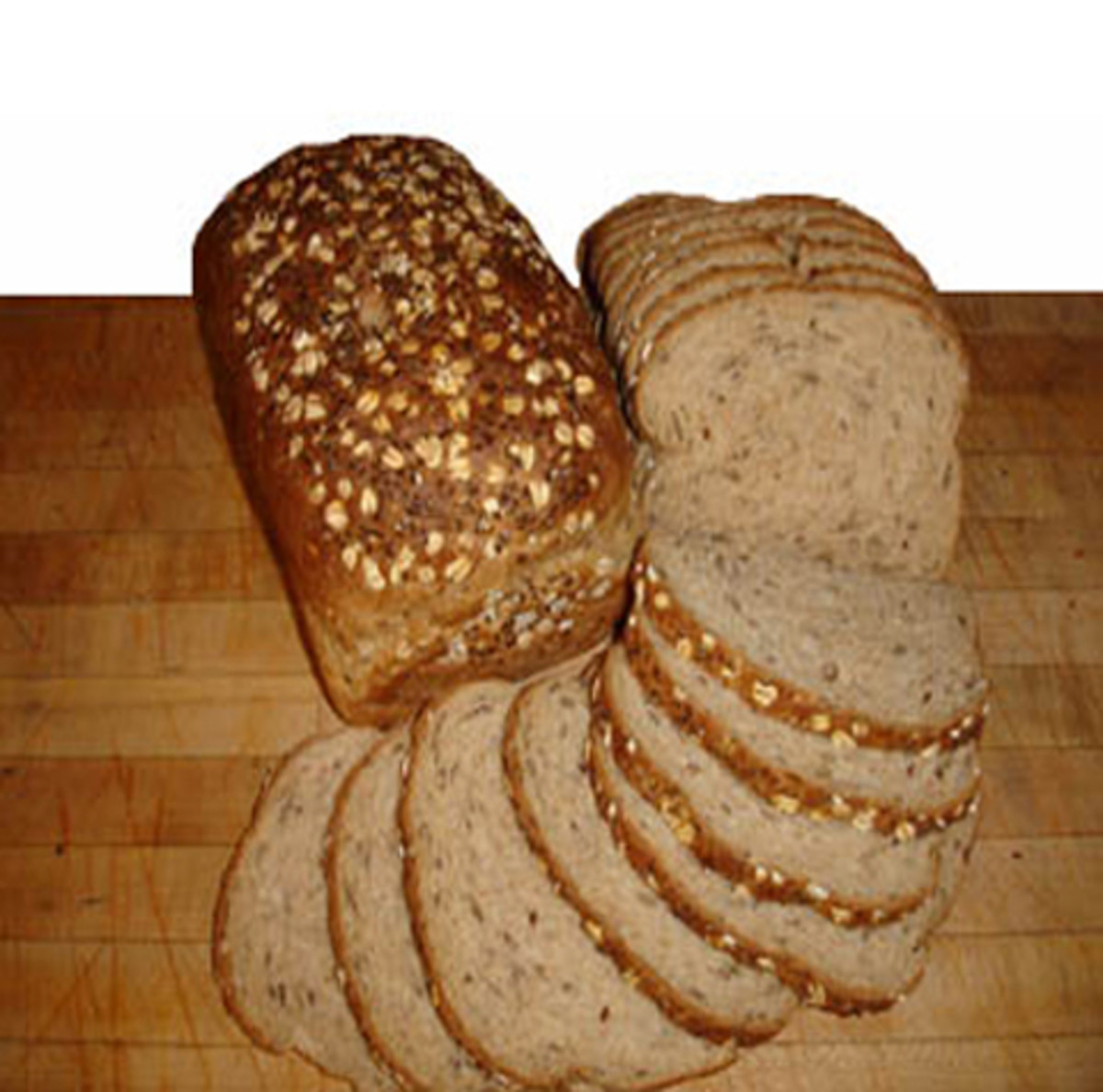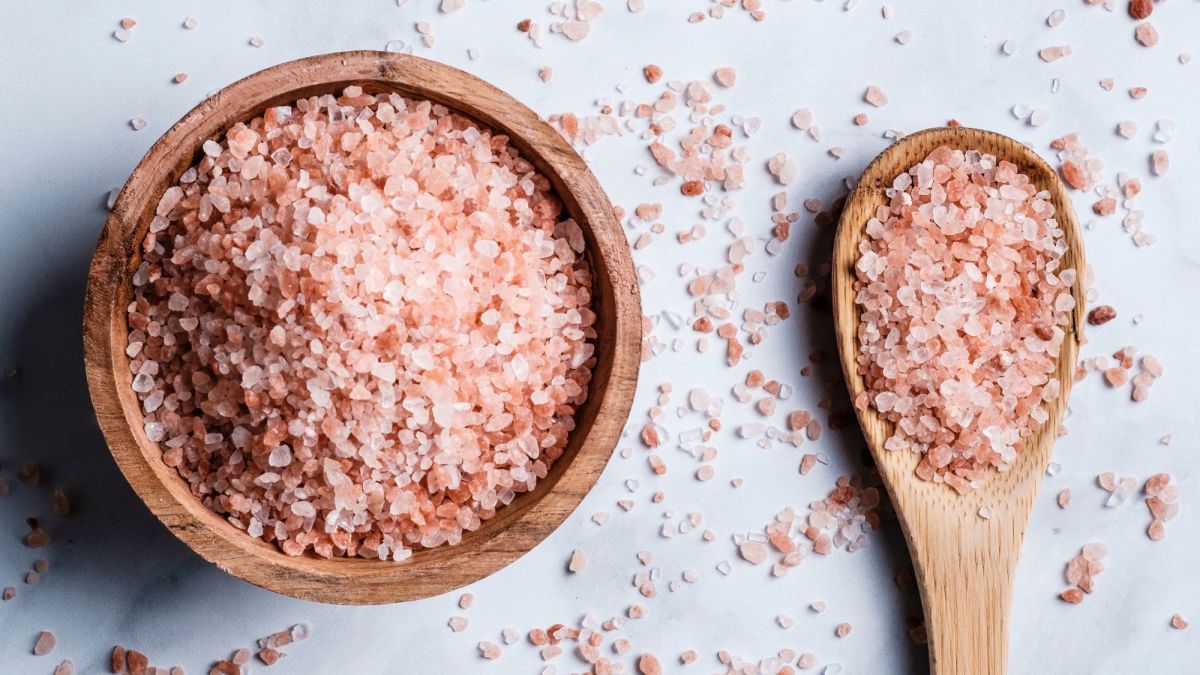The Importance of Trace Minerals: Cobalt, Germanium, Molybdenum, and Vanadium
We can find loads of information on the minerals calcium, sodium, potassium, magnesium, iron, zinc, phosphorus, copper, manganese, but hardly any on trace minerals, which are as essential for human development and health. This article takes a brief look at four that have proven effective in preventing or treating diseases and disorders, some of which are life-threatening. It also lists foods we should include in our diet to avoid, if possible, taking the supplements, as well as potential side effects.

Cobalt
Cobalt breaks down vitamin B12, which helps the body absorb iron. It is also necessary for the formation of the myelin sheath that protects the nerves. It helps to create red blood cells, so can treat anemia and fatigue effectively. Cobalt-60 isotope is the gamma rays used in the cancer-treating equipment gamma knife and linear accelerator, which remove tumors from the brain, neck, lung, bladder, pancreas, and liver. Additionally, cobalt treats bulimia, anorexia, and neuromuscular disorders. Evidence shows it may even treat leukemia.
Cobalt is found in green leafy vegetables as spinach and kale, nuts, oat cereals, dairy, seafood as clams, oysters, and fish, meats including organs as liver and kidney, cayenne pepper, dandelion, and Echinacea.
The following are side effects, which can result from over-consumption of cobalt: enlargement of the thyroid gland or the heart, over-production of red blood cells, nausea, and vomiting. Burns can also occur from use of the gamma rays equipment. Experts assert that a daily intake of 1.4 mg or less of the mineral is harmless.

Germanium
Studies on the trace mineral germanium indicate that one of its main functions is to stimulate cells to increase their intake of oxygen, and provide the body more energy. The Ge-123 organic version seems able to boost the immune system and stave off viruses. There is evidence that it also protects against or treats cancers of the breast, uterus, and lung; reduces cholesterol and blood pressure; prevents amyloids (abnormal protein fibers) from collecting in cells and organs, and prevents osteoporosis. Germanium also treats rheumatoid arthritis, diabetes, asthma, hepatitis, HIV/ AIDS, neurosis, depression, and acts as an antioxidant –gobbling up free radicals before they damage our cells.
Foods and herbs rich in germanium include bran, mushrooms, garlic, onions, dairy, meat, ginseng, and aloe vera.
Over-consumption of germanium supplements is the main cause of side effects. Some studies show that taking 150 mg per day up to three times for a brief period is fine. Other studies produce data, which indicate that you would have to consume huge amounts to be in danger. It is best to be cautious, and consult your health professional. Toxicity can cause anemia, diarrhea, vomiting, nausea, and weight loss. According to a www.livestrong.com article on germanium, any supplemental intake could prove fatal for those taking furosemide, anti-seizure meds, and those suffering from kidney disease.

Molybdenum
We could be deficient in cobalt and germanium, but not likely in molybdenum, says www.webmd.com. Apparently, our body stores this trace mineral in several places: the skin, bones, glands, lungs, liver, kidneys, and spleen. One of its functions is to help specific enzymes synthesize proteins, carbohydrates, fat, and iron. Research conducted in the last nine years indicates that it can help patients with gastroesophageal cancer. Molybdenum also treats metabolic diseases as Wilson’s disease, Lyme disease, multiple sclerosis, gout, asthma, skin issues as acne and eczema, allergies, and yeast infections. It prevents anemia and tooth decay, supports the immune system, and acts as an antioxidant.
Molybdenum is found in dairy, yogurt, whole grain foods as cereal, bread, brown rice, and pasta, green leafy vegetables, tomatoes, seeds, legumes as peanuts, chickpeas, lima beans, and black beans, and organ meats.
The Food and Nutrition Board determined that adults can take up to 2mg of molybdenum per day. Too much of it can result in flu-like symptoms, nausea, vomiting, fatigue, hallucinations, jaundice, bleeding, and seizures. Additionally, molybdenum does not mix well with acetaminophen.
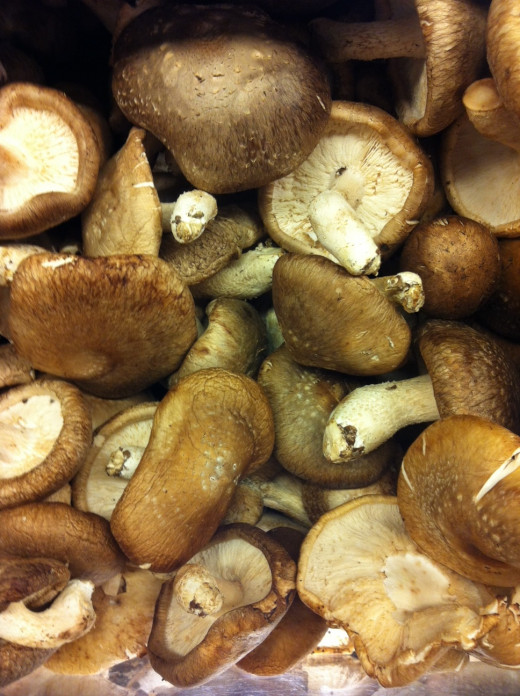
Vanadium
Though more research is needed, vanadium seems to act as insulin -reducing blood sugar. This is especially helpful in the treatment of diabetes. It also seems effective in lowering cholesterol, and preventing heart disease, anemia, tuberculosis, edema, and cancer. It breaks down fats, and gives us stronger bones and more energy.
Foods rich in vanadium include whole grain, apples, radishes, mushrooms, corn, olives, vegetable oils, soy, parsley, black pepper, eggs, gelatin, and seafood, especially shellfish.
Once again, side effects are due mainly to over-consumption. Evidence suggests that adults need no more than 1.8 mg. Vanadium toxicity can cause stomach cramps, vomiting, diarrhea, headaches, dizziness, fatigue, anemia, decrease in the production of white blood cells (which is problematic for HIV/ AIDS patients), green tongue, bleeding from the nose or internal organs, and manic depression. The trace mineral also interacts poorly with chromium, phenothiazines, and drugs used to treat depression.
It is important to stress once more that your health professional should be consulted before taking any supplements of these trace minerals.

